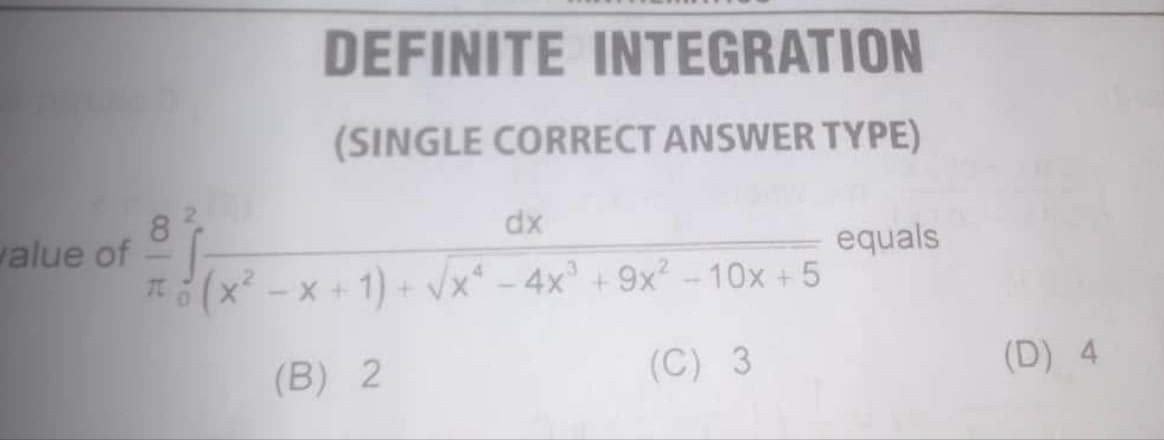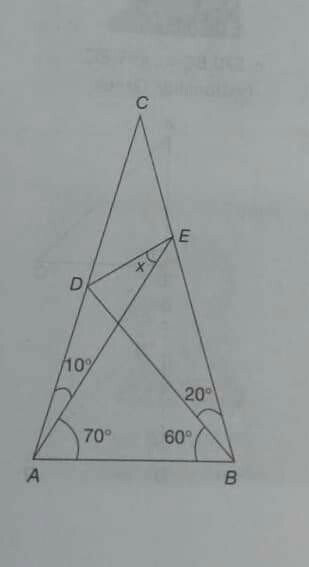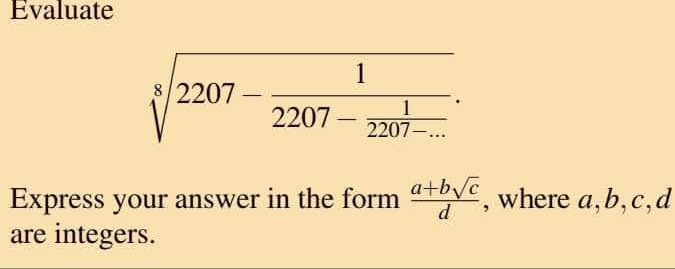
AllQuestion and Answers: Page 1500
Question Number 61510 Answers: 0 Comments: 0
Question Number 61490 Answers: 0 Comments: 10
Question Number 61565 Answers: 2 Comments: 3
Question Number 61479 Answers: 3 Comments: 1
Question Number 61470 Answers: 1 Comments: 0
Question Number 61465 Answers: 1 Comments: 1
Question Number 61461 Answers: 1 Comments: 0

Question Number 61453 Answers: 1 Comments: 0
Question Number 61451 Answers: 0 Comments: 0

Question Number 61449 Answers: 1 Comments: 1

Question Number 61425 Answers: 0 Comments: 1

Question Number 61424 Answers: 1 Comments: 0

Question Number 61412 Answers: 0 Comments: 2
Question Number 61408 Answers: 1 Comments: 0
$$\int_{\mathrm{0}} ^{\pi} \frac{{x}}{{tan}^{\mathrm{2}} \left({x}\right)−\mathrm{1}}\:{dx} \\ $$
Question Number 61402 Answers: 0 Comments: 0

Question Number 61391 Answers: 0 Comments: 2
Question Number 61388 Answers: 0 Comments: 5
Question Number 61386 Answers: 0 Comments: 3
Question Number 61378 Answers: 0 Comments: 0
Question Number 61377 Answers: 0 Comments: 0
Question Number 61363 Answers: 1 Comments: 0

Question Number 61349 Answers: 1 Comments: 7

Question Number 61347 Answers: 2 Comments: 1

Question Number 61343 Answers: 1 Comments: 0

Question Number 61335 Answers: 1 Comments: 0

Question Number 61329 Answers: 0 Comments: 2
Pg 1495 Pg 1496 Pg 1497 Pg 1498 Pg 1499 Pg 1500 Pg 1501 Pg 1502 Pg 1503 Pg 1504
